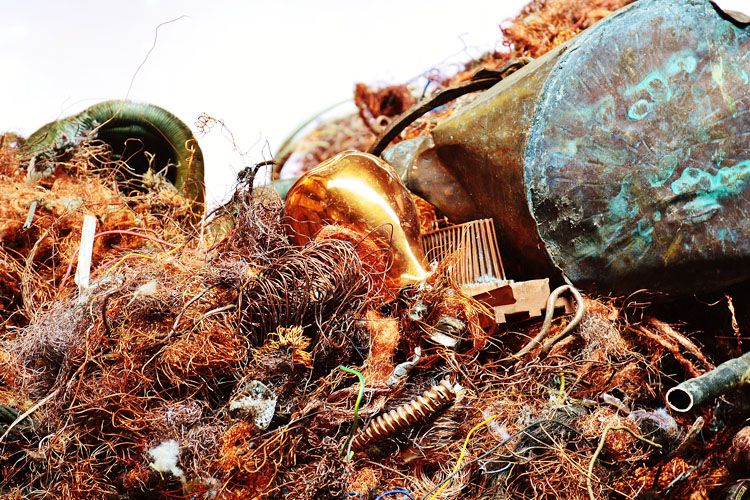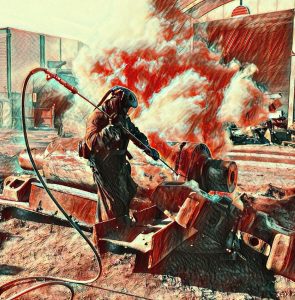During the time of Antiquity, trade on the Silk Road was a significant factor in the development of the ancient civilizations. Bridging the gap between the East and West, many goods from China, including silk, were traded all over the world. Nowadays, the traditional Silk Road works in the opposite direction, bringing raw materials, like scrap metal, to China.

With a population of 1.3 billion people, China has a major impact on the world’s demand for scrap metal and other commodities. The boom in China began with economic reforms in 1978. The demand for copper, steel and other commodities that are essential to the building of infrastructure, industry and housing rose enormously, and continue to do so. With these infrastructure demands China has been unable to generate sufficient quantities of scrap metal within its own borders and has started to import it from other countries.
The scrap metal trading routes in the modern world start in the United States, Japan, and the European Union and end in China, India, Turkey, and South Korea.While some imported relatively low percentages of scrap metal, there are others that depend on scrap imports for more than 30% of their total steel production like Turkey, Belarus, Egypt, Malaysia, and Thailand.
Generally, it is more cost efficient and less polluting to consume scrap where it is generated than move it across the world, but domestic access to steel scrap requires the creation of a comprehensive system for recycling scrap. For example, the United States, with the most advanced steel recycling network in the world, recycles over 83 percent of the steel it produces.
The world needs a greater total supply of scrap. Scrap supply from traditional sources like United States, European Union, and Japan are approaching their practical limits. While it seems currently economically unfeasible, countries that are scrap deficient, such as China, and Turkey, should not rely solely on the new “Silk Road for their scrap resources”, but start to expand local scrap supply with metal recycling facilities.
